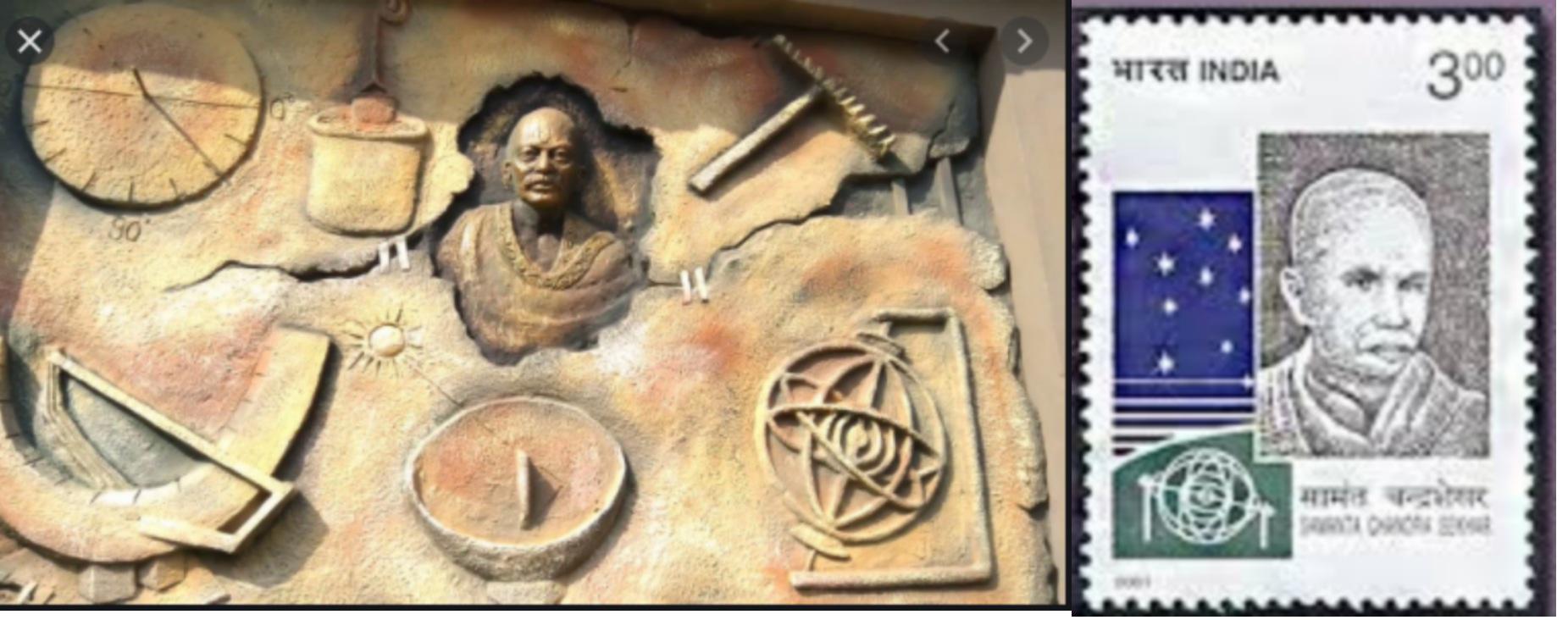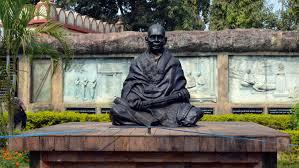Pathani Samantha – The Star of Odisha
Chandrasekhara Singha Samanta, was an Indian Astronomer and scholar who measured the distance from earth to the sun with a bamboo pipe and many other traditional instruments. Back in the day, he was popularly known as Pathani Samanta, which seems to have diminished like a star from a distant galaxy. Samanta was born on Sunday, December 13th, 1835, in the princely state of Khandapada in Nayagarh district in the current Indian state of Odisha, to SamantaSyamabandhu Singha and Bishnumali Devi. Although he was born into a royal family, he lived a simple and humble life. He studied Sanskrit and researched traditional Indian astronomy, last known naked eye observer having relevant work in our scriptures.

Chandra Shekhar received his primary education in Sanskrit and Oriya and that being the only formal education. He was initiated to identify the stars by his father as a child. With a great spirit and passion for stars, he started to self-tutor him in the field of astronomy by reading the then available works like Lilavati, Bijaganita, Jyotisha, Vyakrana, and Kavya. He found out that the stars and planets did not rise and set as predicted by the Siddhantas available at that time. He took upon himself the correction of the books like Surya Siddhanta, which failed for certain irregularities in the motions of the heavenly bodies. Traditional texts of astronomy did not generally give details of the instrument used for those measurements. Therefore, he started building out his instruments using bamboo chip and wood unlike the large observatories like Jantar Mantar built 150 years before his time. Even though the instruments used were simple, an analysis of the works by the west which is considered to be the gold standard has gone on to show that the degree of accuracy in Samanta’s work is the maximum that can be achieved in the naked eye astronomy making him the greatest naked eye astronomer of all times.

Pathani’sobservations, research, and calculations were compiled into the book called Siddhanta Darpana, which has verses written in Sanskrit in Odia script. Besides Siddhanta Darpana, Samanta Chandrasekhar had composed another two small treaties named ‘Darpanasara’ and ‘Darpadipika’. They contain subjects like astrology, simple almanac, etc. All the auspicious occasions/festivals are observed all over the state of Odisha including the rituals in Jagannath Temple using the almanac prepared by him. So evidently all Odia marriages even in this modern google age, can be attributed to the work of the great Pathani.

Samanta was mostly unaware of the astronomical advances of the west, like the invention of the telescope and a heliocentric model of the universe, and neither the west nor the other Indian states were unaware of the genius from this hilly state of Orissa. Eventually, he garnered attention and came into the public light. A Darbar was organized on behalf of British Government Commissioner Saheb honored Samanta with the title ‘Mahamahopadhyaya’. Similarly, accepting his astronomical prescriptions for the regulation of rituals in the Jagannath Temple, Gajapati Maharaja of Puri had awarded him the title of ‘Harichandan Mohapatra’ in 1870. On 13th December 1904, Mahamahopadhyaya died. The light of a bright star of Utkal Bhoomi gone out, but not before leaving remarkable contributions in the field of Astronomy.

Comments (3)


